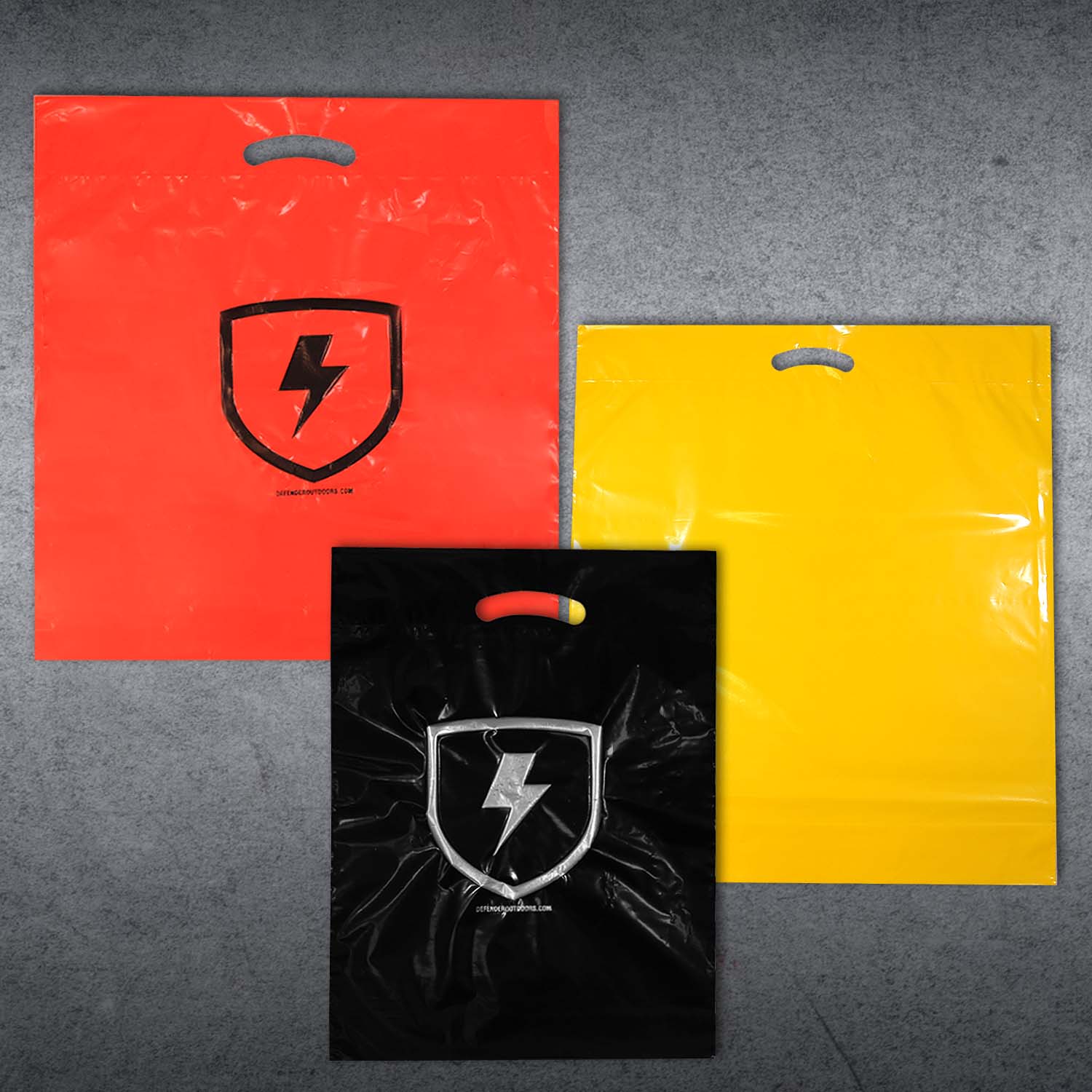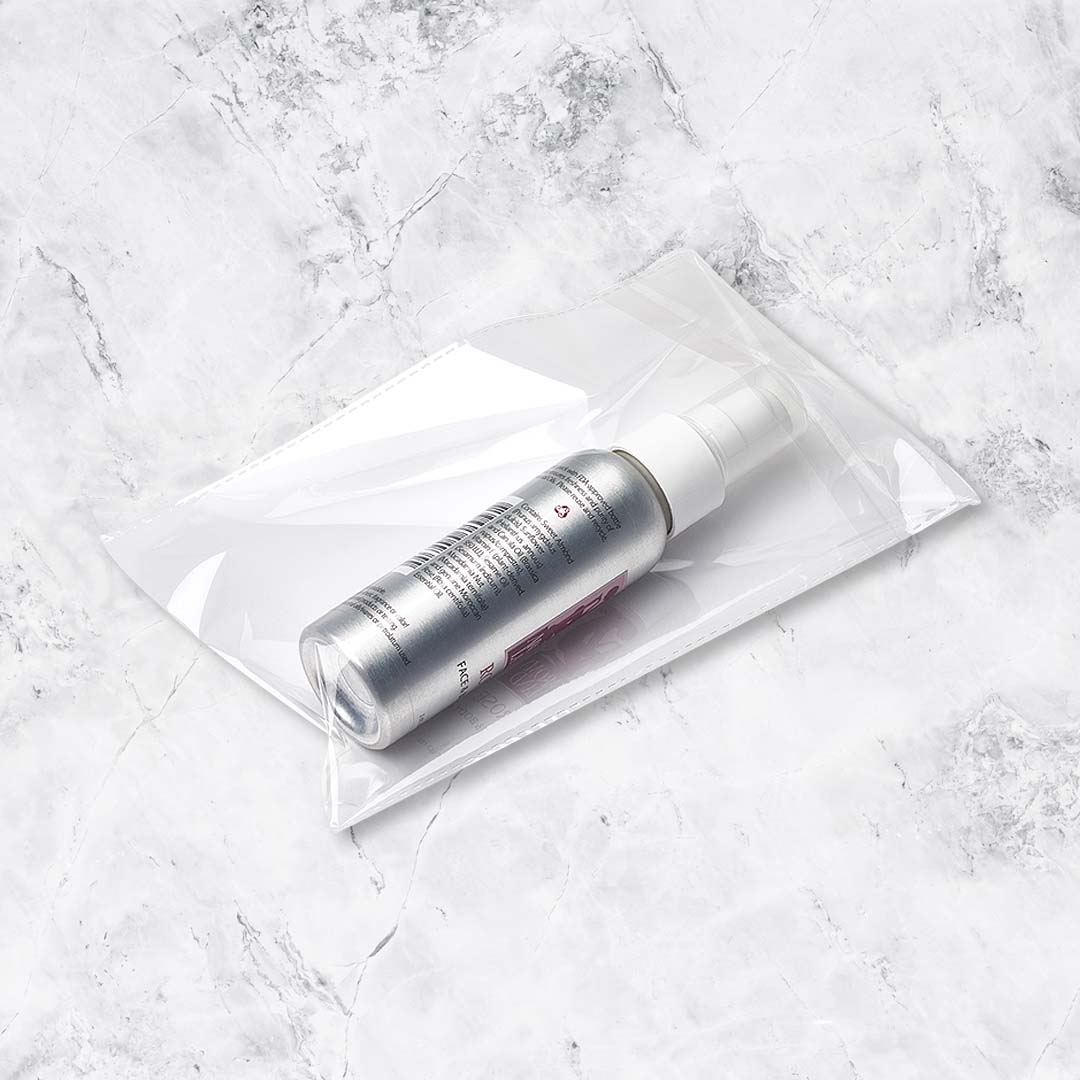What is a Poly Bag?
Posted by Julie Rotuno on 14th Jun 2022
Are you looking for an alternative to cardboard boxes for shipping? If so, then it’s time to learn about poly bags.
What is a poly bag? In general, this term refers to any bag that is constructed of plastic. The most frequent type of plastic used to make these bags is polyethylene, or PE, which is where the name “poly” bag comes from.
Various types of poly bags are available today. Many of them are suitable for shipping products of all sorts and descriptions. The more you know about the different kinds of poly bags that are available, the better able you will be to decide which poly bag is right for your products.
Why Use Poly Bags?
Using poly bags for packaging and shipping may have several advantages. Consider these characteristics:
- Compared to cardboard boxes, poly bags are more affordable and lighter weight.
- Poly bags tend to be more environmentally friendly as they frequently are made from recyclable materials.
- Several styles of poly bags are available, making them suitable for a variety of purposes.
- It’s easier for companies to optimize their packaging and shipping costs when they use poly bags.
Essentially, any products that are not especially fragile, and those that are relatively small and soft, are probably ideal for being shipped in a poly bag. When manufacturers and retailers choose poly bags over cardboard boxes, they are choosing packaging that generates less waste and minimizes the need for filler. Imagine not having to use scrap paper, cardboard spacers, packing peanuts or dunnage air bags for shipping anymore. How much easier would that make things in your shipping department?
Here are some of the products that are perfect for shipping in poly bags:
- Fabric
- Apparel
- Cosmetics
- DVDs
- Video games
- Magazines
- Books
Customizing Poly Bags
Not only are poly bags environmentally friendly and inexpensive but also they can be customized for your brand. This means that your products can be secure during shipping while also making a statement about your brand and its philosophy.
Poly bags can be customized to precise sizes so that they perfectly fit your products. When customers receive these bags in the mail, they feel like they are opening up an exclusive, high-end product.
Moreover, poly bags may be customized with your brand’s logo and signature colors. Add a slogan or some distinctive artwork. The sky is the limit with poly bags.

The Various Types of Poly Bags
Poly bags are not a one-size-fits-all solution. Instead, they are available in several common configurations that work well for most manufacturers and retailers. Of course, if you’re looking for something that is unique and different, you can always ask Mid-Atlantic Packaging to design a new style of poly bag that’s just for your brand.
Let’s take a closer look at some of the most common types of poly bags.
1. Lay-Flat Poly Bags
This is the simplest and most straightforward configuration for poly bags. Available in an array of sizes and thicknesses, these lay-flat bags are suitable for almost any purpose. These bags are characterized by one opening that is secured with tape, staples or the application of heat.
Because lay-flat poly bags come in many sizes, you’ll need to do some figuring to decide which sizes are appropriate for your products. Choosing lay-flat poly bags comes down to three factors: Length, width and the gauge, or thickness. Inches are used to measure the width and length while mils are used to determine the thickness. Recall that a mil is just 1/1000 of an inch, with the vast majority of poly bags having thicknesses between one and six mils. The heavier the gauge, the sturdier the bag is, making it suitable to hold things like heavier tools or hardware. To understand just how thin these bags are, consider that a credit card is about 31 mils thick.
The manufacturer or retailer must choose whether a small or large lay-flat poly bag will be used. A two-mil bag is suitable for most products, but let’s look at some of the possibilities.
For example, a one-mil bag is extremely lightweight and is really only suitable for shipping items that are not fragile. This is a lightweight, economical choice that is easier for the recipient to tear open.
Manufacturers also make a 1.5-mil lay-flat poly bag that frequently is used for lightweight products like packaged food, paper items and stamps.
Two-mil bags are considered standard weight, and they offer an excellent value in terms of expense and the level of protection. Because of their durability, they are suitable for shipping almost anything that is not heavy or sharp.
Hardware, tools and parts may be packaged in three-mil poly bags because they are sturdier and provide extra resistance to punctures and tears. Similarly, four- and five-mil bags are appropriate for products that are considered heavy or sharp including nuts, bolts, screws, nails and large tools.
Lay-flat poly bags that are of six-mil thickness or greater are considered industrial grade. Construction materials, soil and steel tools may be packaged in these bags.
It is possible to purchase lay-flat poly bags by the roll. A roll may contain from 500 up to 2,000 bags depending upon the dimensions that you select. If you need large quantities of poly bags, this may be the easiest way to go.
2. Gusseted Poly Bags
This type of bag is similar to the lay-flat style, but it has a foldable pleat that makes the bag wider. Additionally, the pleat provides the bag with a bottom that is square and flat. When the bag is opened and stood up on its flat bottom, it looks a lot like a plastic box.
If you are shipping products that have irregular dimensions, then gusseted poly bags may be the ideal choice. Thanks to the bag’s square bottom, far less space is wasted and the product is more securely packaged.
Like lay-flat bags, gusseted poly bags can be purchased in an array of lengths and widths and are available on rolls.

3. Resealable Poly Bags
If you are looking for more ways to minimize your company’s environmental impact, then it’s time to give resealable poly bags a try. This type of poly bag is mainly used for small items, and you may have heard them being referred to as reclosable bags or secure bags.
What sets resealable poly bags apart from other styles is the ability to open and reclose the bag multiple times. Flat and gusseted models are available so that you can ship just about anything in a resealable poly bag. Like other styles, these may be purchased individually or in bulk on rolls.
Resealable poly bags typically are only made at thicknesses of between two and six mils. Anything thinner than that simply would not be durable enough to withstand multiple uses.
4. Anti-Static Poly Bags
If you are shipping a product that needs to be protected from static electricity, then you need anti-static poly bags. Available in thicknesses of between two and six mils, these wrinkle-resistant bags generally have a pink hue that distinguishes them from other types of poly bags. You have many size options from which to choose, and there are even resealable models. Yet another option is the black, conductive poly bag that is made from carbon-loaded polyethylene. This material protects the contents against corrosion, humidity, UV light and radio-frequency interference.
5. Mailer Bags
These poly bags are specifically designed to align with USPS requirements for mailing packages. For companies that mainly rely on the U.S. Postal Service for their shipping, these poly bags are indispensable.
They are available in lay-flat, gusseted and bubble-lined options. Choices include opaque bags that hide the contents and transparent bags that are perfect for shipping brochures, magazines, catalogs or books. Ship bundles of books, DVDs or video games in a gusseted poly mailer while reserving the bubble-lined mailers for products that are relatively fragile.
As with other types of poly bags, you have a variety of options from which to choose. Select extra-long mailer bags for rolls of fabric or wallpaper or a returnable mailer that has two self-sealing openings in the event that the customer decides to return their purchase.
6. Furniture Bags
When only the largest and most flexible poly bags will do, opt for furniture bags. These are designed to contain products such as dining room tables and sofas and are meant to protect the contents from humidity, stains and dust.
Furniture bags are large enough to encase a piece of large furniture, and they are most frequently used in warehousing, storage and shipping functions. While furniture bags can protect contents from a lot of damage, they do not protect against scratches and dents so some padding may be required.
Ask Mid-Atlantic Packaging About Poly Bag Options
At Mid-Atlantic Packaging, we deal with all of the above-mentioned styles of poly bags and others on a daily basis. If you are looking for a more cost-effective but still eminently functional packaging method for your goods, then give us a call today.



